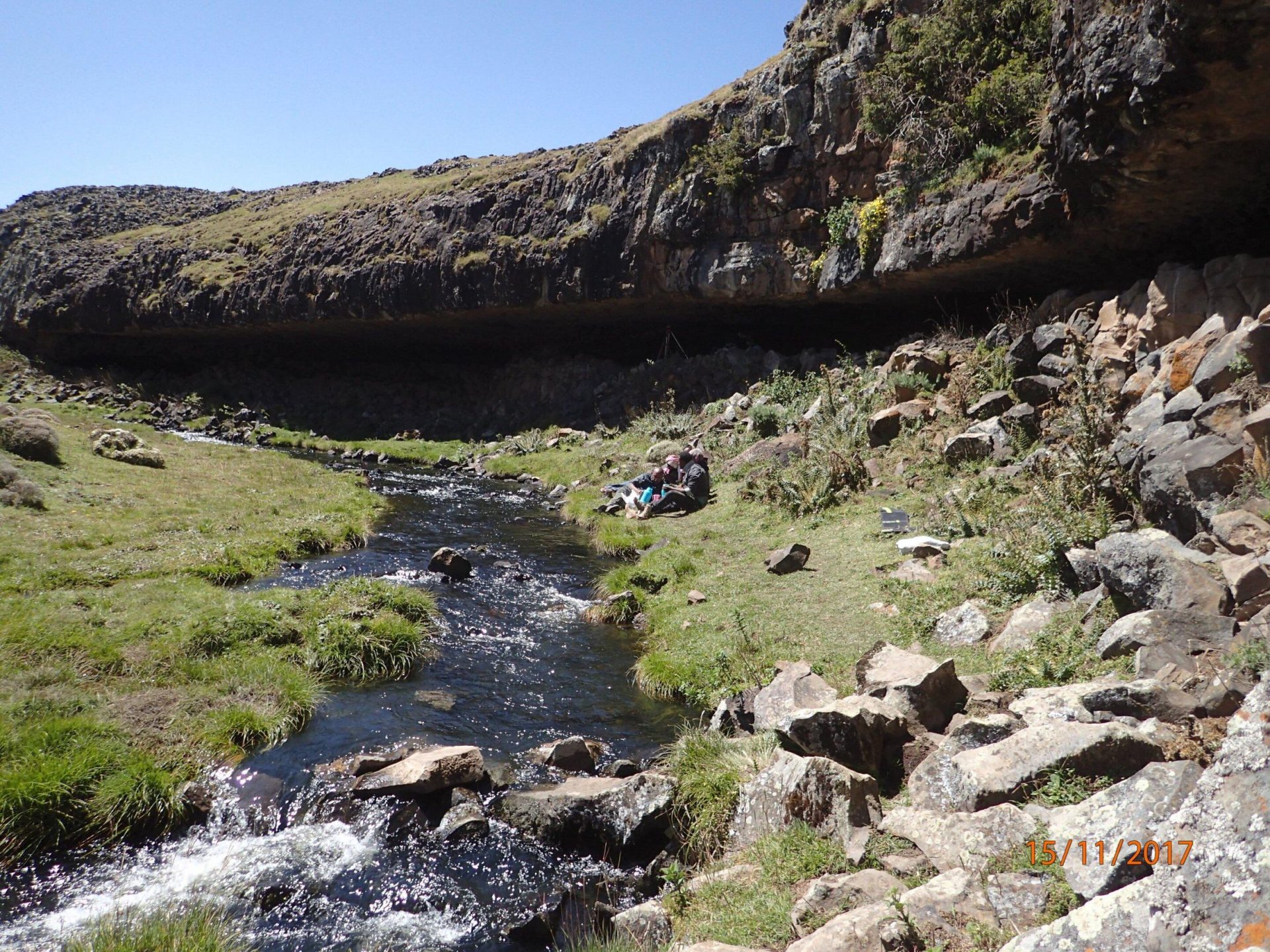australia, climate, glacial periods, ice age, new discoveries, speleothems
During ice ages, dry, frozen terrain extended over much of northern Europe, Asia, and North America. Many plants and animals retreated from these desolate, harsh landscapes and sought refuge in pockets of more hospitable territory. But what was happening in the rest of the world? For a long time, scientists have thought that dry conditions ...
Hunter-gatherers took shelter from the ice age in Southwestern Europe, but were replaced on the Italian Peninsula according to two new studies, published in Nature and Nature Ecology & Evolution. Modern humans first began to spread across Eurasia approximately 45,000 years ago, arriving from the near east. Previous research claimed these people disappeared when massive ...
Researchers from the University of Florida have pulled almost 100 fossils from a flooded cave in the Bahamas, and the story they tell is one of triumph; that is until humans came into the picture. Out of 39 species examined, 22 of them disappeared after the arrival of humans some 1,000 years ago. The 39 ...
A global study of ancient dog DNA, led by scientists at the Francis Crick Institute, University of Oxford, University of Vienna, and archaeologists from more than 10 countries, presents evidence that there were different types of dogs more than 11,000 years ago in the period immediately following the Ice Age. In their study, published in ...
Humans in Ethiopia did not live in low valleys during the last ice age. Instead, they lived high up in the inhospitable Bale Mountains. There, they had enough water, built tools out of obsidian, and relied mainly on giant rodents for nourishment. This discovery was made by an international team of researchers led by Martin ...








